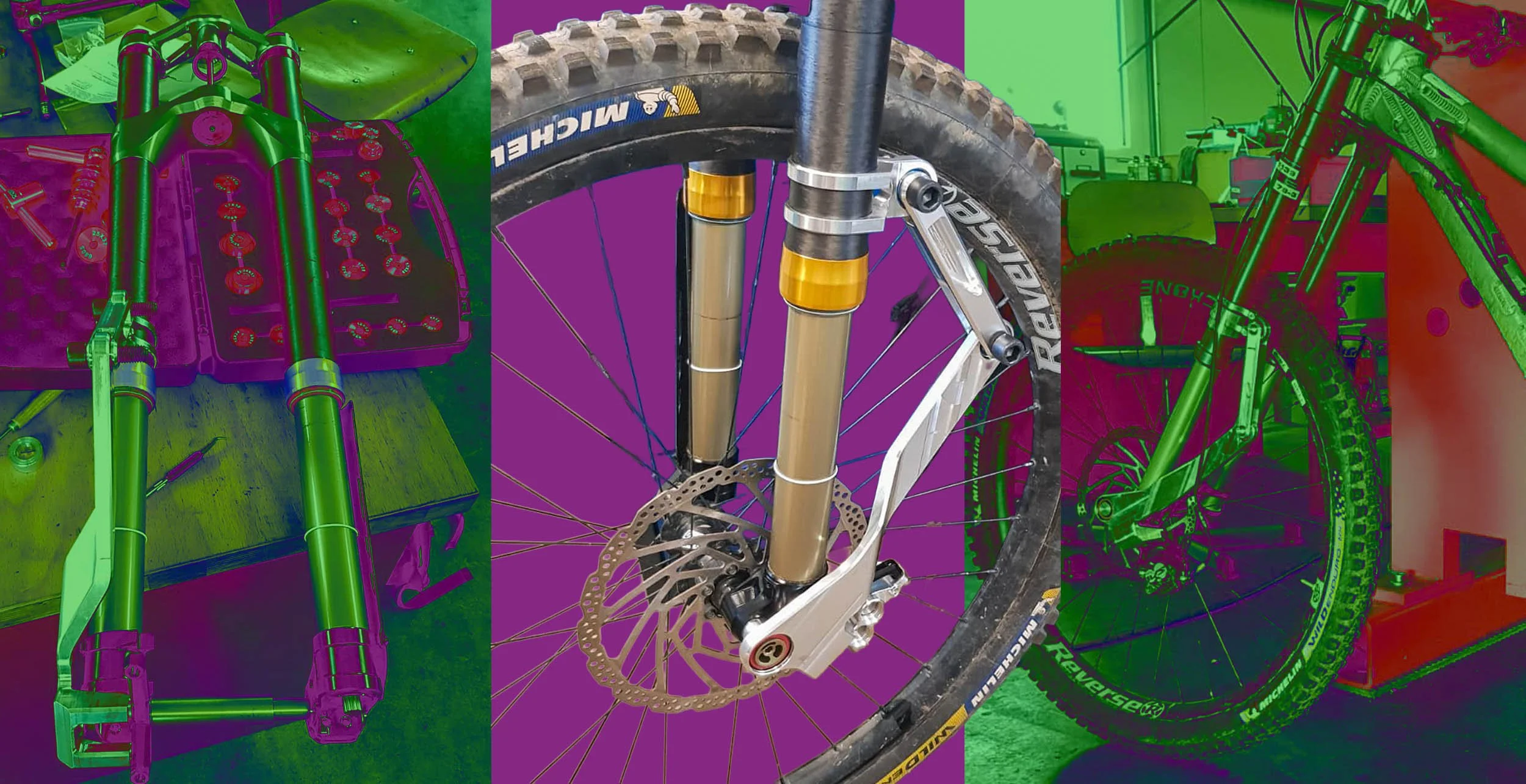articles

Anti-Brake-Dive – unknown or unnecessary?
When a two-wheeled vehicle experiences significant deceleration, the axle load shifts forward, typically causing the front suspension to compress (commonly referred to as "brake dive," "diving," or "nosediving"). This results in a change to the head tube geometry—altering the trail, rake, and wheelbase.
This phenomenon is known as "brake dive." It can lead to unwanted instability, as the suspension effectively becomes stiffer, the front end becomes more heavily loaded, and the steering and braking behavior can change unpredictably.
In the 1980s, motorcycle manufacturers like Yamaha, Kawasaki, Suzuki, and Honda introduced anti-dive systems, often in the form of additional mechanical linkages or hydraulic controls. While these classic systems have largely disappeared today, their principles have found a place in modern geometric and electronically controlled solutions. The automotive sector also employs solutions that positively influence handling characteristics and better control unwanted vehicle movement.

